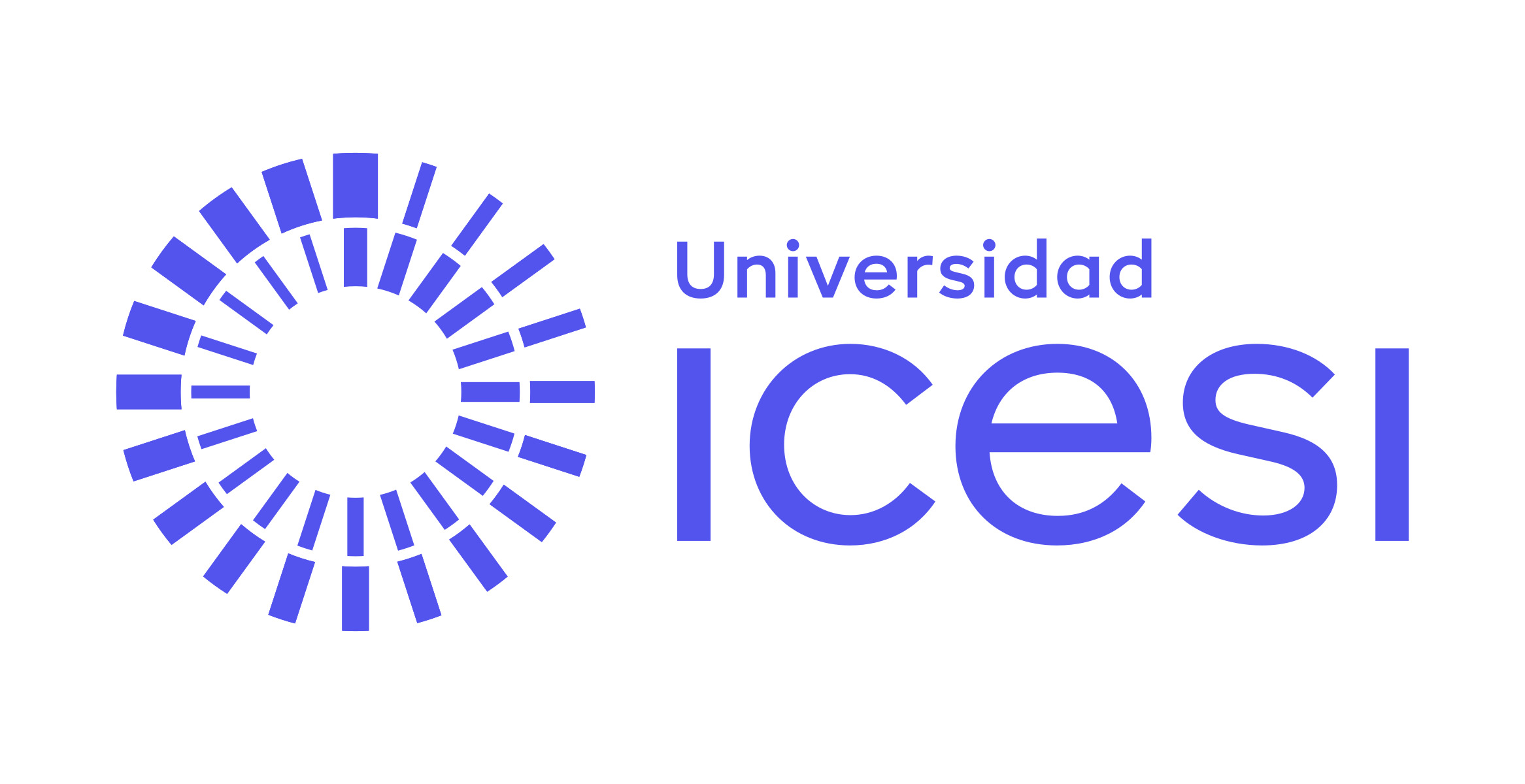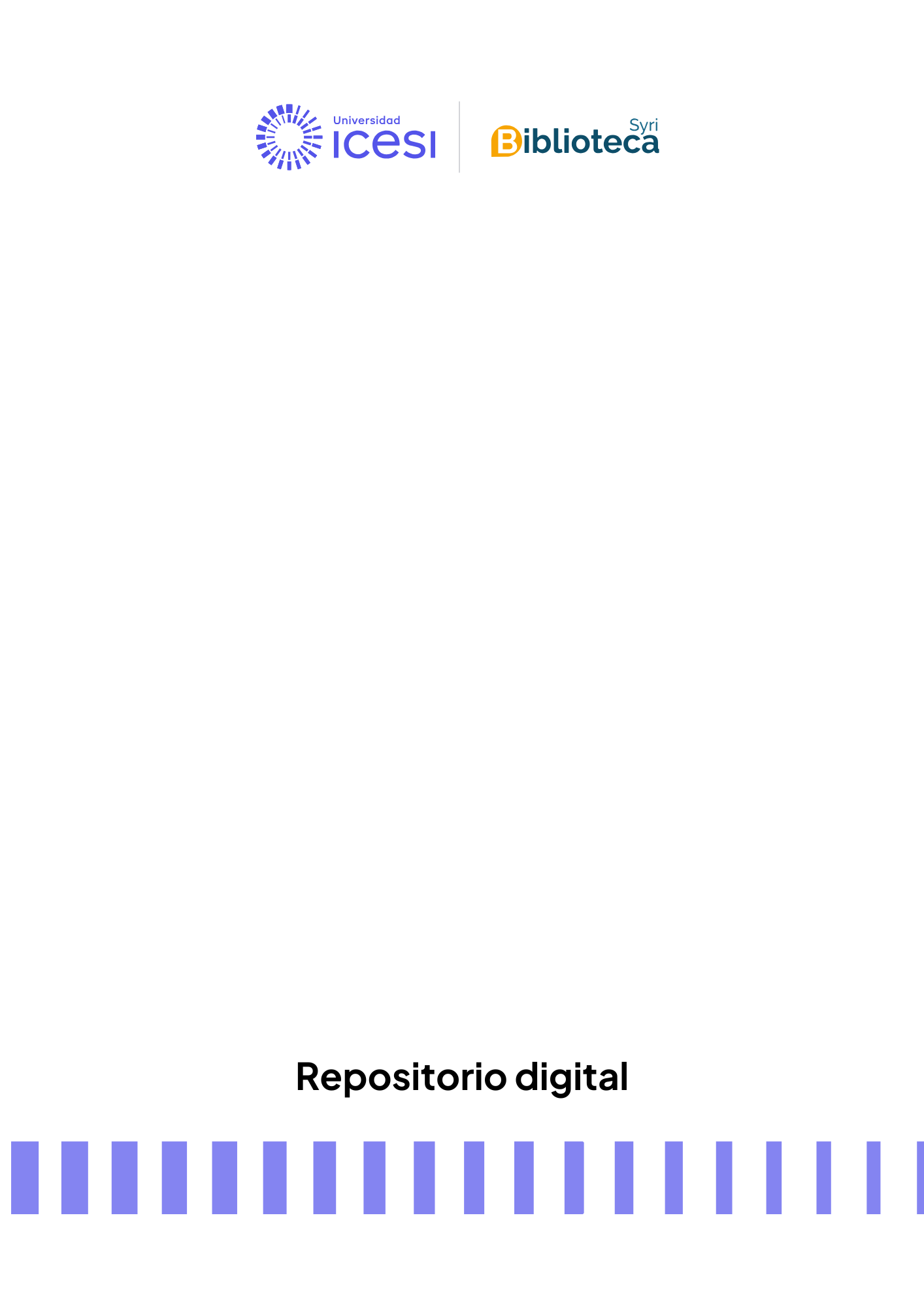Sistemas y Telemática Vol.15 No. 41
URI permanente para esta colecciónhttp://hdl.handle.net/10906/82074
Examinar
Envíos recientes
Ítem Telemedicine system based on ECG signals and in the TCP/IP protocol using a sparse space(Universidad Icesi, 2017-04-01) Tuay, Wilmar; Mendoza, Luis; Cerveleón, Leonor JaimesTelemedicine systems are revolutionizing applications in the health sector, to the point where people are monitored remotely. This article presents a telemedicine system for transmission of electrocardiographic data (ECG) using TCP/IP protocol in real time. The communication system consists of the stage of instrumentation that includes amplifiers and filters. TCP/IP communication system was used to transmit and tele-monitor the subjects. We performed tests with 30 subjects, in addition was determined by the percentage of error of information loss had an average value of 0.25%.Ítem Programmable mobile robots as hands-on platform for basic programming(Universidad Icesi, 2017-04-01) Bacca Cortés, Bladimir; García, Sergio; Rueda, Sebastián; Florián Gaviria, BeatrizNowadays, mobile robots platforms are being used in different education contexts. The state of the art shows that 197 papers have been published in this area knowledge over ten years. Latin America faces a problem regarding the enrolled students in engineering programs. The SPADIES program (Colombia) affirms that the lack of motivation and interaction with real artifacts relating theory and practice is an important aspect for dropout. In this work, a platform composed by a set of programmable mobile robots, and a WEB-responsive software tool for programming at different levels of knowledge were implemented. The set of mobile robots were implemented with proximity, trajectory, light, inertial, and vision sensors; also, tools such as Bluetooth and LEDs-ring are included; and, a mechanical support for an erasable marker. The WEB-responsive tool supports graphical programming for novice, Python programming for middle, and ANSI-C for advanced level learners.Ítem Security control for website defacement(Universidad Icesi, 2017-04-01) Navarro Cadavid, Andrés; Oscar, Mondragón; Urcuqui, Christian; Mera Arcos, Andrés FelipeCyber-attacks to websites are increasing steadily affecting the integrity and availability of information, so the implementation of safeguards to mitigate or reduce to acceptable levels the risks generated are necessary. Computer incidents produce economic and reputational impacts to different organizations. It has identified an increase in computer attacks on different organizations where one of them, and highly reputational impact, is the “Defacement” attack, which consists of unauthorized modification or alteration to the web sites, affecting the integrity of information. The result of this article proposes the development of a model for establishing a security control to perform the containment and reporting of this attack type, which currently have focused on the websites of the government entities. The development model allows online control the attack on Web sites by constant reading of certain parts of the source code making the detection and maintenance of the integrity of information.Ítem Design and construction of a prototype of an unmanned aerial vehicle equipped with artificial vision for the search of people(Universidad Icesi, 2017-04-01) Ramos, Luis; Erazo Aux, Jorge Humberto; Espinal Rojas, Andrés; Arango Espinal, AndrésThis paper describes the development and implementation of a six-pointed Unmanned Aerial Vehicle [UAV] prototype, designed for finding lost people in hard to access areas, using Arduino MultiWii platform. A platform capable of performing a stable flight to identify people through an on-board camera and an image processing algorithm was developed. Although the use of UAV represents a low cost and quick response –in terms of displacement– solution, capable to prevent or reduce the number of deaths of lost people in away places, also represents a technological challenge, since the recognition of objects from an aerial view is difficult, due to the distance of the UAV to the objective, the UAV’s position and its constant movement. The solution proposed implements an aerial device that performs the image capture, wireless transmission and image processing while it is in a controlled and stable flight.

